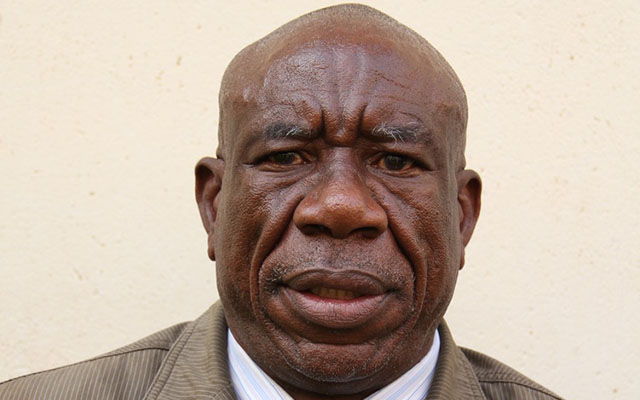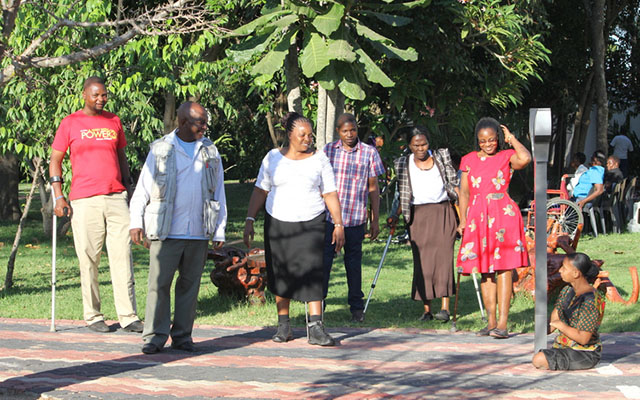Road upgrades for transfrontier park

Tawanda Mangoma in Chiredzi
Authorities here have started implementing recommendations from an inter-ministerial task force which visited Sango Border Post to investigate why Zimbabwe was not benefiting from the Great Limpopo Transfrontier Park. The team comprised members from the Ministry of Defence, Transport and Infrastructure Development, Tourism, Hospitality Industry and Environment, Water Resources Development and Climate, Home Affairs and the then Rural Development, Promotion and Preservation of National Culture and Heritage.
GLTP was established in 2002 and links the Limpopo National Park in Mozambique, Kruger National Park in South Africa and Gonarezhou National Park, Malilangwe Conservation Area, Manjinji Pan Sanctuary and Malipati Safari Area, all in Zimbabwe. The total surface area covered by the transfrontier park measures around 37 572km². Chiredzi South legislator Brigadier-General (Rtd) Kalisto Gwanetsa yesterday said road upgrades were already underway towards Sango Border Post.
“Firstly, we would like to thank the Ministry of Transport for upgrading the link road from Rutenga to Sango Border Post and also availing $187 000 for the regravelling of the Makambe-Malipati road,” he said.
“These roads are of economic significance to Zimbabwe as they provide the shortest route for tourists coming from South Africa and Mozambique using Sango Border Post as they would be visiting this side of the Great Limpopo Transfrontier Park.” Brig-Gen Gwanetsa said the Rural Electrification Fund would also be establishing electricity lines that will cover the border post while powering various mobile network stations in the area.
“REA is also doing its part,” he said.
“They are developing electricity lines from Chikombedzi to Masukwe at a cost of $430 000, while the other line is from Malipati to Sango Border Post is already underway. A booster at Pahlela will be electrified. We also have a line from Malipati servicing areas such as Mawoze, Rutandare up to Gezani and this will see mobile network boosters at Gezani and at Chief Sengwe’s area being operational before the end of the year,” said Brig-Gen Gwanetsa. Chairman of the National Task Team on Access and Infrastructure Development in Transfrontier Conservation Areas Mr Joseph Shoko said poor roads and unavailability of electricity were inhibiting Zimbabwe from enjoying returns from the pact. Mr Shoko said they had also identified that tourists struggled to reach the Zimbabwean side of the park due to damaged bridges such as Chilonga, Chipinda and Budi which were washed by Cyclone Eline in 2002.







Comments